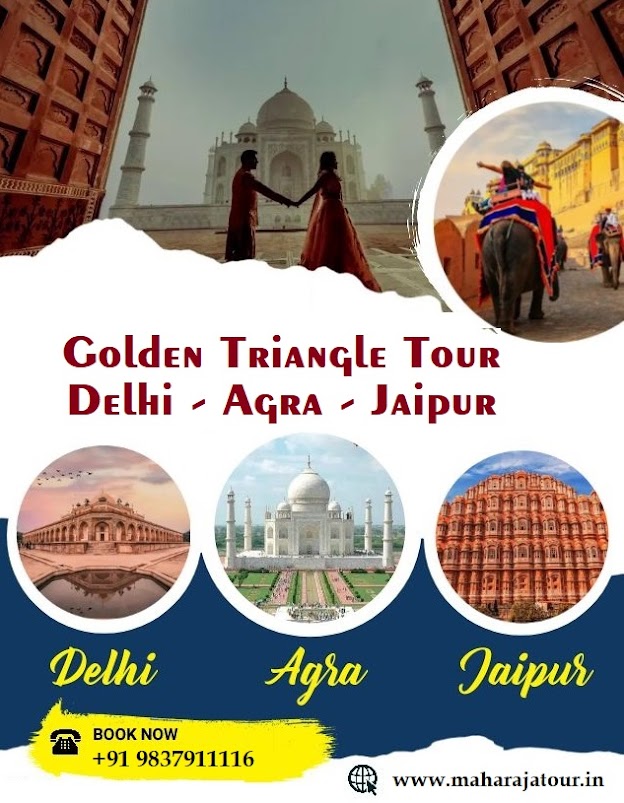Jal Mahal: The Sublime Beauty Floating on Water
Introduction:
Jal Mahal, meaning
"Water Palace," stands as a testament to the grandeur and
architectural brilliance of India. Situated amidst the serene waters of Man
Sagar Lake in Jaipur, Rajasthan, Jal Mahal is a sight to behold. This
magnificent palace, with its unique blend of Mughal and Rajput architectural styles,
has become an iconic symbol of the Pink City.
Historical Background:
Built in the 18th century
during the reign of Maharaja Madho Singh I, Jal Mahal was intended to serve as
a summer retreat for the royal family. The palace was strategically constructed
in the center of the lake, offering a cool and refreshing escape from the
scorching summer heat. The five-story structure, with four stories submerged in
water when the lake is full, creates a mesmerizing illusion of a floating
palace.
Architectural Marvel:
Jal Mahal's architectural
design is a harmonious blend of Mughal and Rajput styles, showcasing the
artistic prowess of the craftsmen of that era. The red sandstone structure is
adorned with intricate carvings, arched passages, and decorative elements that
reflect the opulence of Rajasthani royalty. The palace is crowned with ornate
chhatris (domed pavilions) that add to its regal charm.
The Unique Experience:
One of the distinctive
features of Jal Mahal is its ability to change its appearance with the water
levels of Man Sagar Lake. During the monsoon season, when the lake is brimming
with water, the lower floors of the palace are partially submerged, creating a
surreal image. In contrast, during the dry season, when the water recedes, the
palace stands tall against the backdrop of the lake, revealing more of its
architectural details.
Conservation Efforts:
Over the years, Jal Mahal
has faced challenges such as pollution and encroachment, threatening its
structural integrity. Recognizing the importance of preserving this cultural
gem, efforts have been made to restore and conserve the palace. Conservation projects,
including cleaning the lake and addressing environmental issues, have been
implemented to ensure the longevity of this architectural marvel.
Visitor's Delight:
Jal Mahal has become a
popular tourist destination, attracting visitors from around the world. Boating
facilities on Man Sagar Lake provide a unique perspective of the palace,
allowing tourists to capture its beauty from different angles. The surrounding
landscape, with the Aravalli hills in the background, adds to the picturesque
setting, making it a favorite spot for photographers and nature enthusiasts.
Conclusion:
Jal Mahal stands as a symbol
of Rajasthan's rich cultural heritage and architectural brilliance. Its
strategic location, breathtaking design, and historical significance make it a
must-visit destination for those exploring the vibrant city of Jaipur. As Jal
Mahal continues to enchant visitors with its timeless beauty, it remains a
testament to the glorious past of Rajasthan and the enduring legacy of Indian
architecture.




Comments
Post a Comment